Terms, rules and methods of storing wheat on an industrial scale and at home
Wheat It is one of the most important grain crops on the planet and requires proper storage. If all conditions are met, losses of raw materials are minimized and its beneficial properties are not lost. It is important to organize the granary so that it maintains optimal temperature and humidity.
Wheat storage conditions
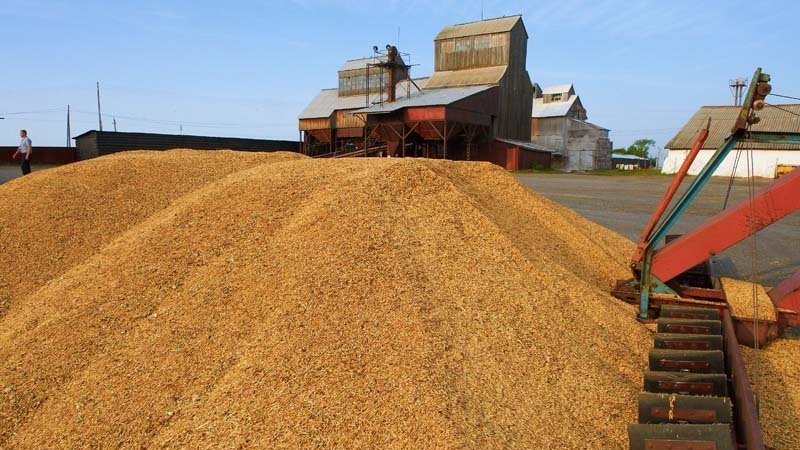
Grain is stored in granaries - special structures, the design and construction of which take into account all the requirements for preserving the harvest. Active ventilation is mandatory. Quality is controlled at all stages: from collection to delivery to the consumer.
Grain after cleaning cleaned and dried to preserve it longer. The optimal indoor humidity is 10-12%, the maximum temperature for long-term storage is +10...+12°C. If these standards are observed, the crop will practically not lose weight and will remain suitable for processing for several years.
Types of elevators
Elevators are special structures where the harvested crops are stored. They are divided into several types. Each has a purpose and features.

Procurement
The procurement type of elevators is designed for temporary storage of wheat. Such structures are built near agricultural enterprises that can provide a sufficient amount of grain.
These warehouses are used to prepare crops for sowing, primary processing of the crop and its storage.The dried and purified raw materials are then sent to their destination by road, water or rail.
Basic
In basic complexes, the crop is cleaned more thoroughly. Wheat sorted in accordance with the requirements of the enterprises that will process it. Grain is stored here for further consumption, raw materials are distributed in uniform batches and in large volumes. Such elevators are located near major transport interchanges.
Transshipment
Granaries of this type are often used for short-term storage of crop supplies. The structures are located close to large farms, water and railway routes for further transportation of crops over long distances.
Reference. Transshipment elevators are required to reload wheat from one vehicle to another. For long-term storage of raw materials, such points are extremely rarely used.
Production
Industrial elevators are built on or near processing plants. These structures serve as an auxiliary complex for production flour, croup, etc.
Such granaries constantly supply factories with wheat. The size of the structures depends on the capacity of the enterprises.
Stock
Stock buildings are used to store wheat for a certain period of time (usually several years).
Interesting! Government grain is located here.
Such procurement complexes are filled only with the highest quality raw materials. They replenish stocks or send them for processing only in cases where there is a shortage or a decision is made to renew the grain. Such complexes are built only near large railway junctions.
Port
After the base and transshipment elevators, the wheat is brought to the port elevators, where the grain is temporarily stored before being sent for export.
After undergoing the next processing, the wheat is loaded onto ships and sent outside the country. Port elevators are also used to receive imported grain before being sent to the domestic market.
These are large complexes, the volumes of which will satisfy the demand of the domestic and foreign markets.
Implementation
This type of elevator is required to provide food enterprises with raw materials. Here they receive grain from farms and then sell it to factories.
Wheat is kept in sales granaries for a short time and is sold in small batches.
Storage methods
There are several options for storing wheat. The choice of method depends on the specific goals.
in bulk
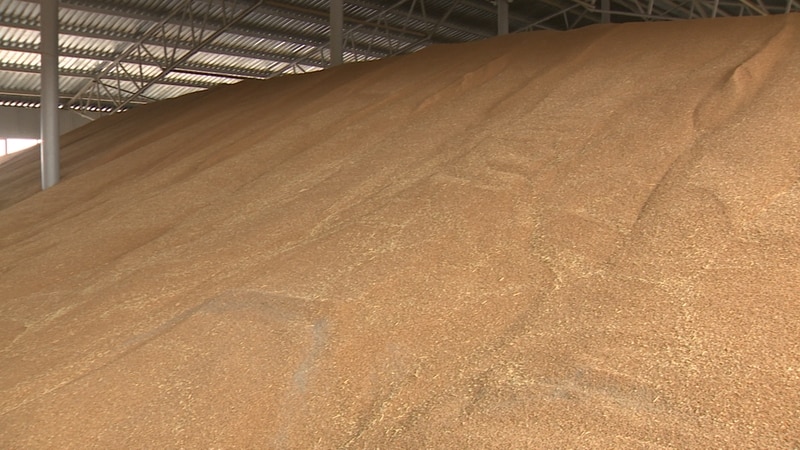
The wheat is simply poured into large piles. This technology has several advantages:
- relatively simple movement of grain using machinery;
- rational use of room space;
- simple fight against various pests and diseases;
- cost reduction: no containers or packaging required.
Bulk wheat is stored both in grain warehouses and in open areas. In the latter case, special piles (depressions in the ground) covered with a tarpaulin are used for storage.
Dry method
When grain is dehydrated, all bacteria enter the stage of suspended animation. Thanks to this, the crop has to be protected only from insects. The dry mode is used for long-term storage of wheat, since the short-term method is impractical.
Reference! Drying is carried out with or without heat. If there is sufficient area, solar-air drying is used.
Oxygen-free
This method preserves the qualities of wheat necessary for the production flour and baking. Without oxygen, insects and bacteria lose their ability to reproduce.
The entire harvest is loaded into special bunkers that do not allow air to pass through. Then dry ice is placed in them or carbon dioxide is injected.
Cooled
This method is more expensive than dry storage, but this way the loss of raw materials is reduced to a minimum. The refrigerated method is used only in small rooms or on farms.
The harvest is cooled to +5°C or lower. This significantly slows down the activity of various microorganisms, as with drying.
To create such conditions, passive technologies are often used by installing supply and exhaust ventilation in the elevator. In winter it works constantly, in summer - only at night.
In bags
First reproduction wheat or elite planting material is scattered into the bags. This method is used to store grain with a thin shell.
The bags are stacked in stacks, the distance between which is 0.7 m. The same distances are observed for the walls of the warehouse.
In ears
Harvesters are used to cut the ears and form them into transportable and ventilated bales. They are stored in elevators with grated floors, under which fans are located.
The room temperature is kept at -3...-5°C. The ears ripen, dry, and in this state they are sent for threshing.
Storage problems
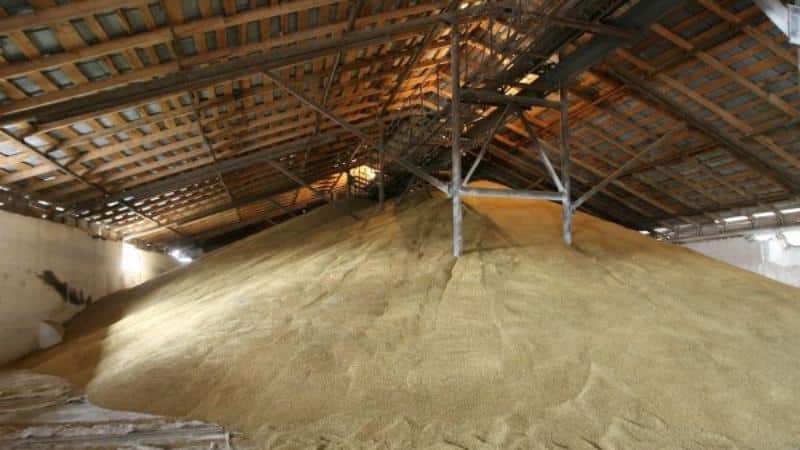
Problems that arise during wheat storage lead to a decrease in the weight of shipped grain. First of all, this is due to various pests and inevitable losses.
Pests and their control
Grain is damaged by:
- mill fire;
- weevil;
- mole;
- mite.
In winter, insects do not reproduce unless there is self-warming of the grain. During the warm season, the population increases 500 times in 45 days.
General pest control measures:
- chemical treatment before harvesting on the field;
- processing of raw materials in the granary;
- complete cleaning and disinfection of the elevator;
- exact compliance with humidity and temperature indicators.
Disinfection of the crop before sending it to the warehouse is carried out using an aerosol or gas method. Insecticides are used for this.
Losses
Basically, grain loses weight due to decreased humidity. The total weight is also affected by the removal of weeds.
Losses include a decrease in the total weight due to a decrease in the quality of wheat. During storage, it is exposed to unfavorable factors: temperature fluctuations, self-heating, pest attacks, diseases. After long-term storage, part of the grain (normally up to 5%) is rejected.
How to store at home
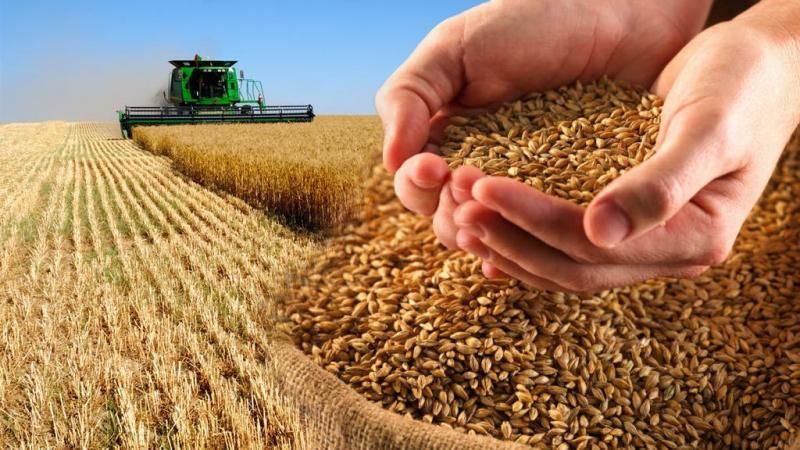
Grain is stored in large quantities to feed animals. In this case, the crop is stored in bulk in special rooms. The warehouses are lined with steel sheets and the floors are made of concrete. Wheat is periodically checked for the presence of pests and mold.
Advice! When stocks are small, raw materials are placed in special wooden boxes. They are sheathed on the outside with sheet metal to protect them from rodents.
The room is equipped with forced ventilation. The temperature is kept within +12°C.
Storing grain for germination
Raw materials for germination cannot be forcibly dried and heat-treated, otherwise it will lose all its properties and germination will decrease.
Wheat is stored in dry glass jars, which are covered with gauze or thin cloth to allow oxygen access. The temperature is kept at +10…+12°C.Directly during germination it is raised to +20°C.
Already sprouted wheat is kept in the refrigerator with the lid loosely closed to provide the grains with air. The maximum shelf life is 2 days.
How long can grain be stored?
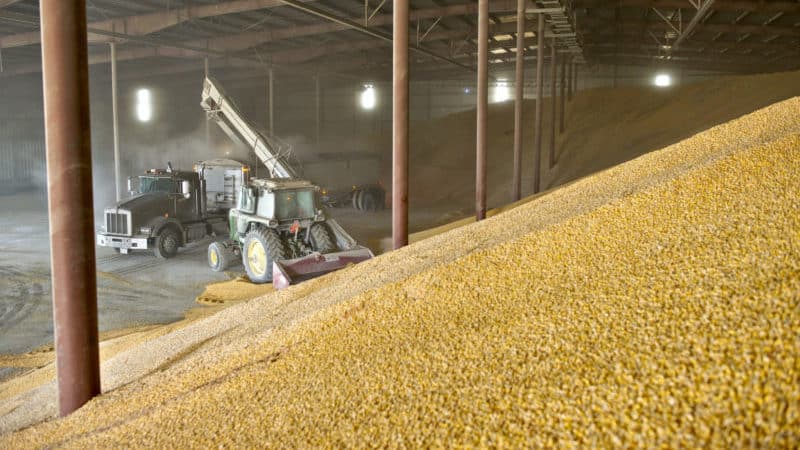
The durability of raw materials is the period during which wheat retains its consumer qualities. It happens:
- biological - the period during which at least single grains are able to germinate;
- economic — the period during which standard germination is maintained (raw materials meet all sowing standards);
- consumer (technological) - identical to biological, while retaining the full properties of grain for various human needs.
Under the right storage conditions, biological and consumer durability is 30 years, and economic durability is up to 10 years. Baking qualities do not change during this period.
Conclusion
To create optimal conditions in the granary, the temperature regime (up to +12°C) and humidity (10–12%) are observed. The elevator or warehouse is equipped with forced ventilation. Disinfection is carried out to prevent the development of harmful microorganisms and insects.